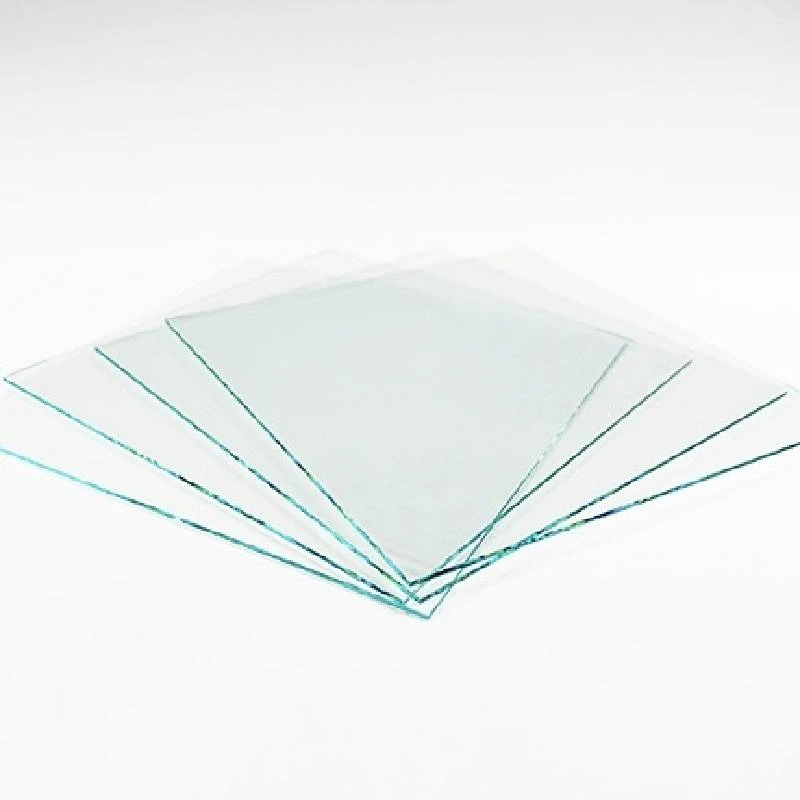

The Enchantment of Reflective Mirror Glass
Reflective mirror glass, a remarkable fusion of artistry and technology, has become an essential element in modern architecture and design. It is not merely a functional product but also a medium that enhances our perceptions of space and light. From skyscrapers that dance with the sun's rays to intimate residential interiors that play with reflection, mirror glass holds the power to transform environments and elevate experiences.
Aesthetic Appeal
The primary allure of reflective mirror glass lies in its aesthetic quality. The smooth, reflective surface captures and refracts light, creating dazzling visual effects. This quality can be harnessed to amplify natural light in spaces, making areas feel larger and more open. Architects and designers utilize reflective glass to blur the boundaries between indoor and outdoor environments. When used in windows and facades, it creates a seamless transition, inviting the landscape to merge with the architecture. This interaction encourages an appreciation for nature, fostering a sense of tranquility in urban settings.
Moreover, the beauty of reflective mirror glass is not limited to functionality. It serves as an artistic statement, contributing to the visual language of a building. The varying tones and finishes available allow architects to experiment with aesthetics, creating dynamic structures that capture the essence of contemporary design. Bold, geometric forms clad in reflective glass evoke a sense of modernism and innovation, while softer, organic shapes can create a more harmonious relationship with their surroundings.
Technological Advancements
The evolution of reflective mirror glass is bound to advancements in technology. Modern production techniques have made it possible to create high-performance glass that serves multiple purposes. Energy-efficient glass can significantly reduce heating and cooling costs in buildings, making them more sustainable. The development of low-emissivity (low-E) coatings enhances thermal insulation while maintaining the reflective quality that designers seek. This means that reflective glass can be a responsible choice, marrying beauty with environmental consciousness.
In addition, innovations in smart glass technology have taken reflective glass into the realm of functionality. Electrochromic and photochromic glass can change their reflective properties in response to environmental conditions. This enables buildings to adjust to varying sunlight levels throughout the day, providing comfort without sacrificing style. With the integration of technology and design, the future of reflective mirror glass promises even greater efficiency and versatility.

Psychological Impact
Beyond aesthetics and technology, reflective mirror glass can have a profound psychological impact on its occupants. The interplay of light and reflection can alter perceptions of space, making tight environments feel more expansive. In commercial environments, thoughtfully designed spaces with reflective elements can enhance mood and stimulate creativity. Collaborative workspaces with ample natural light and reflective surfaces have been shown to boost employee morale and productivity.
Furthermore, the reflective nature of this glass often invites individuals to contemplate their surroundings and themselves. Reflective surfaces can serve as a metaphor for introspection, encouraging occupants to pause and reflect, both literally and figuratively. This can create an engaging and immersive experience, turning ordinary moments into opportunities for mindfulness and awareness.
Challenges and Considerations
Despite its many benefits, the use of reflective mirror glass does present challenges. In some instances, it can cause glare, making it uncomfortable for both building occupants and pedestrians. Additionally, the high reflectivity may lead to heat accumulation, necessitating careful consideration of shading and orientation in design. Architects and designers must strike a balance between the aesthetic and functional aspects of reflective glass to avoid these potential drawbacks.
Moreover, as urban environments become increasingly dense, the impact of reflective glass on surrounding landscapes and ecosystems should be considered. In areas of significant biodiversity, careful planning is required to minimize disruptions to wildlife and natural habitats.
Conclusion
Reflective mirror glass is more than just a building material; it is a versatile and transformative element in modern design. With its aesthetic appeal, technological advancements, and psychological effects, it has the potential to reshape our built environments. As we continue to innovate and refine our approach to architecture and design, the enchanting qualities of reflective mirror glass will undoubtedly remain at the forefront, guiding us toward a future where beauty, sustainability, and functionality coexist harmoniously.